In 2018, Sony took us Into the Spider-Verse, with a film Animated Views called a “game-changer”*. It won the Best Animated Feature Oscar, was the first non-Disney movie selected by our readers as the best of the year, and made a ton of money. So a sequel was a no brainer. But Sony has never been one to shy away from exploiting their Spidey film rights as far as possible, so it wasn’t too much of a surprise when they announced two sequels.
The first, Spider-Man: Across the Spider-Verse, picks up about a year and a half after the first film. Miles has grown into the suit, both physically and talent-wise. But being Spider-man takes a toll and he misses the friends he made who went back to their own universes. On her version of Earth, Gwen is struggling alone with her responsibilities and has issues with her father. When they discover a secret society that moves across dimensions to keep things in balance, they both want to join for their own reasons. What happens next? Ummmmm…**
Let’s discuss the first of two elephants in this multiverse. When the film title was originally announced, it was called Spider-Man: Across the Spider-Verse, Part One. A few months later, the “Part One” was removed and “Part Two” was officially retitled Beyond the Spider-Verse, with both halves being made simultaneously. So going in, savvy viewers knew we weren’t going to get the complete story this year.
Other made-as-two-part films have threaded this needle in different ways. Back to the Future II and III took two mostly separate stories and weaved them together with a cliffhanger ending sandwiched between. Avengers: Infinity War and Endgame (originally titled Infinity War Parts One and Two) took one epic story, and strategically divided its story elements over two films. These two series of movies worked well because the first part did the job of being both a satisfying and freestanding film that was also able to setup a followup.
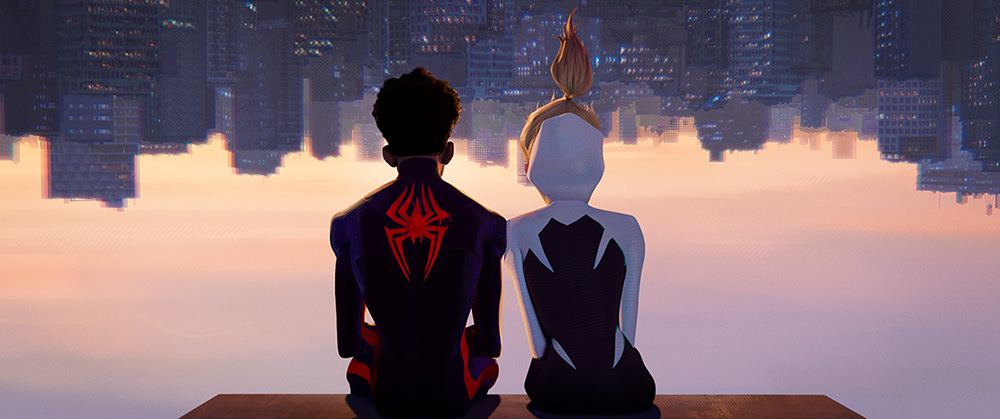
Across the Spider-Verse chose a different path. The filmmakers took one long story and just arbitrarily cut it down the middle. Despite its massive runtime, the entire movie is just a big setup for part two. There is almost no plot point resolved in this first half.
That’s not to say the setup isn’t interesting or entertaining. The half of the plot we do get is leading to something good. I was definitely left wanting to know what happens next. But I also felt somewhat cheated due to getting only half of a film. If the credits started rolling on The Little Mermaid right after Ariel makes her deal with Ursula and you were told to come back next year for the rest, you’d wonder why you even bothered to watch this half now rather than wait for the whole thing.
The second issue that can’t be ignored is the length of the film. At two hours and twenty minutes, Across the Spider-Verse is the longest animated film in Hollywood history. Arguably, only two other major studio animated films have ever crossed the two hour threshold***, so not a common event. Even with the amount of animation released seemingly increasing exponentially over the past 30 years, runtime is not something studios have been willing to experiment with. The fact that Sony allowed its filmmakers to not only split this movie into two pieces but also make the first half so long, would hopefully imply they had confidence that the most would be made of all the extra time.
Unfortunately, that faith may have been misplaced. As I’ve already stated, the plot is not uninteresting or unentertaining. Not by a long shot. There is, however, too much filler. It’s like once the animators got the permission to not worry about runtime, they used that leeway to stop editing the story they had, rather than to fill the extended time with more story. Over and over, scenes drag on well past what is needed. The opening scene runs so long that when the title card finally shows up it’s almost a surprise that we’re still so early in. A later scene features a needlessly slow moving device that we watch way too long before a character notes the ridiculous speed in a throwaway joke. An excessively long chase scene seems to be the main plot of a third of the film. There was so much room to tighten up this story, that the runtime feels more like an ostentatious luxury than a necessary requirement.
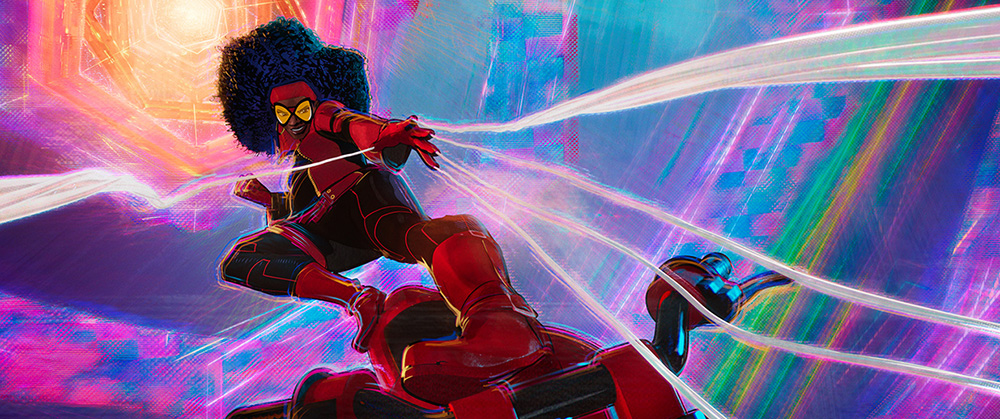
Looking past all that, most of the other aspects of the film are pretty great.
The brilliant and unique animation style of the first movie is continued here, with mostly similar results. With each different dimension of the Spider-verse getting its own distinctive look, there are plenty of beautiful visuals. But occasionally the effect felt forced or not up to par with the original. The music of the Spider-Verse is fresh and fun. But the audio mix of some of the dialogue really could have been a lot better.
The voice actors were the best parts of the film. The returners (Shameik Moore as Miles Morales, Hailee Steinfeld as Gwen Stacy, Brian Tyree Henry as Jefferson Morales, Luna Lauren Vélez as Rio Morales, and Jake Johnson as Peter B. Parker) step back into their roles without missing a beat from their great performances in the original. And the newcomers (Oscar Isaac as Miguel O’Hara, Jason Schwartzman as The Spot, Issa Rae as Jessica Drew, Karan Soni as Pavitr Prabhakar, and Daniel Kaluuya as Hobie) easily rise to meet their level.
I need to reiterate that the half of this movie we do get is not bad! My complaints are more with the length and pacing, and the choice to not give the audience more of a standalone film. I’m sure when these two parts are watched back to back, the experience will be amazing… and I’ll be the first in line for tickets! But I’m only able to review the half that we were given and not what might be Beyond.
 | Spider-Man: Across The Spider-Verse Sony Pictures Animation June 2, 2023 140 minutes Rated PG Directed by Joaquim Dos Santos, Kemp Powers, Justin K. Thompson | |


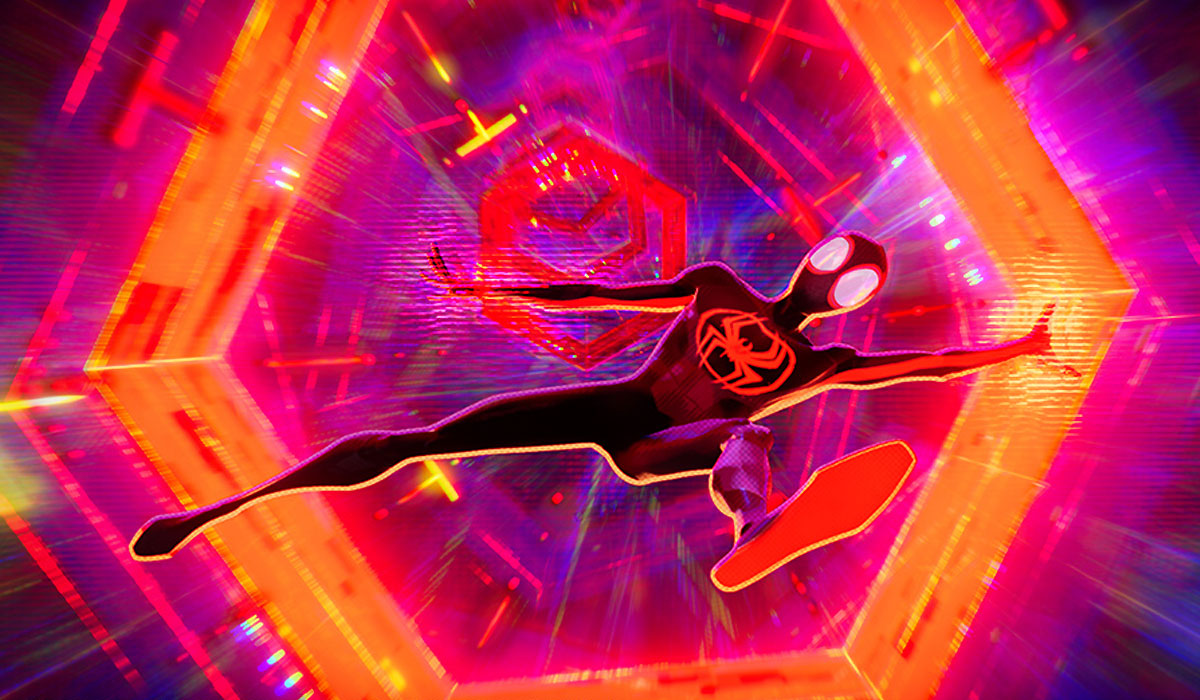





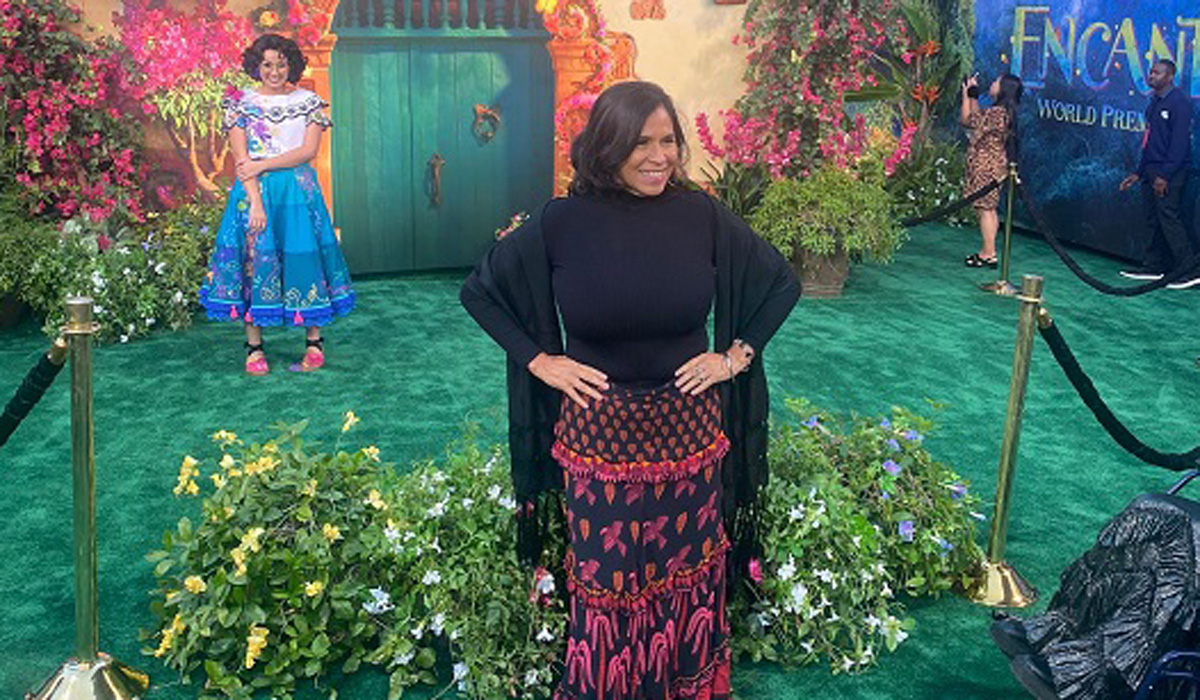


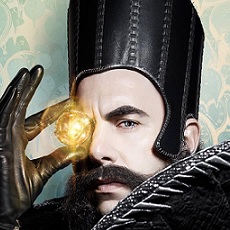
Definitely had this issue at my theatre. The long-ish scene before the title was so quiet, and I was worried about not being able to hear any of the movie. Thankfully, the rest of the film is much much better audio-wise.
That said, films do build their tracks from very quiet at the beginning to very loud at the end. That's what a dynamic track does, as opposed to a compressed one, but theatre owners will also be mindful of playing the start of a film too loudly and then seeing their speakers blow when it gets to the louder sections. I know that Private Ryan was known to shred a high-end cinema speaker or two back in the early days of DTS tracks!
Really the film should have had its first reel dialled up a little more, rather than rely or ask cinemas risk running it too "hot" and damaging their gear on an explosion or massive bass thump. So many films have quiet openings, though: I routinely run a film slightly high for the first half and dial it down around halfway and then, sometimes, a little more for the third act when things get naturally louder.
I agree, there's too much filler--Maybe it's my old Pirates of the Caribbean 3, Infinity Wars and Harry Potter & Deathly Hallows Pt. 1 traumas, but if I see a two-part sequel followup to a hit movie, I go in expecting one of them will be overstuffed with much-ado-about-nothing, or else they'd have everything wrapped up in two hours.
Apart from my usual complaint about Lord & Miller's "Oo, squirrels!
We have Miles' family stuff to be serious, we have Spot and Peter-with-kid to be Millennial comedy-relief, but being more neon and cutting-edge than the first movie does not actually equal MORE of a movie.
Not to mention, we spend most of this first movie chasing down Miles to stop him from making a mistake, which puts it in Richard Donner Superman II territory: If the people telling the hero he can't whine about wanting to do what he wants make sense, we're not rooting for the hero.
Still, they pulled it out of the fire at the last minute, although it would have been nice to have a little more Classic Marvel like the first movie's Kingpin and Ms. Ock.
Can't wait to see the next part. It's gonna rock.
Still need to see this, but I've heard good things and if even Eric feels it nails it at the end -- if in a cliffhanger way -- and as someone who *loved* but was maybe not *quite* as bowled over as everyone else seemed to be by the first one, it feels like this will be everything it needs to be for me. I want to watch the first again before diving in, which is part of the holdup, but am eager to see it.